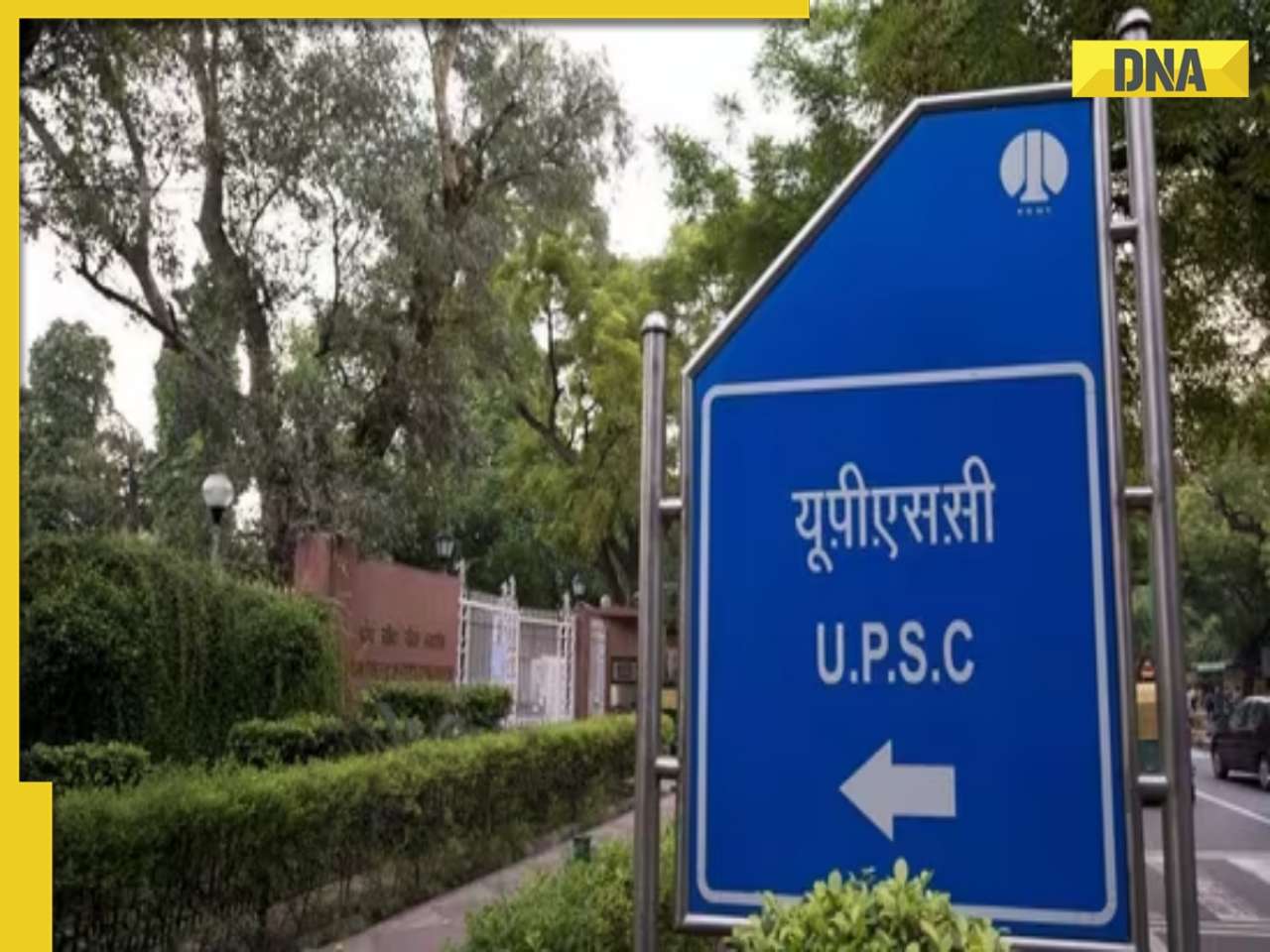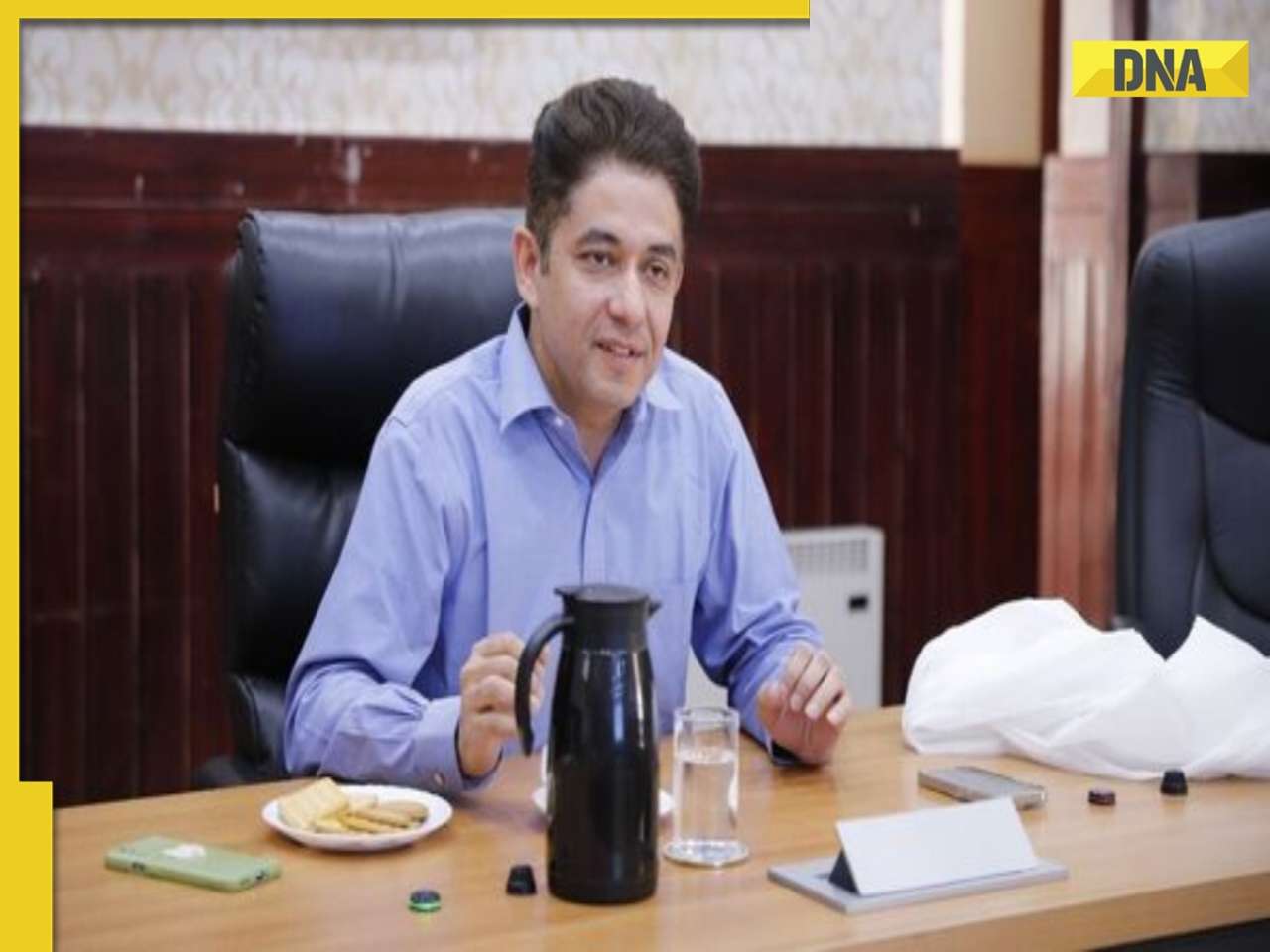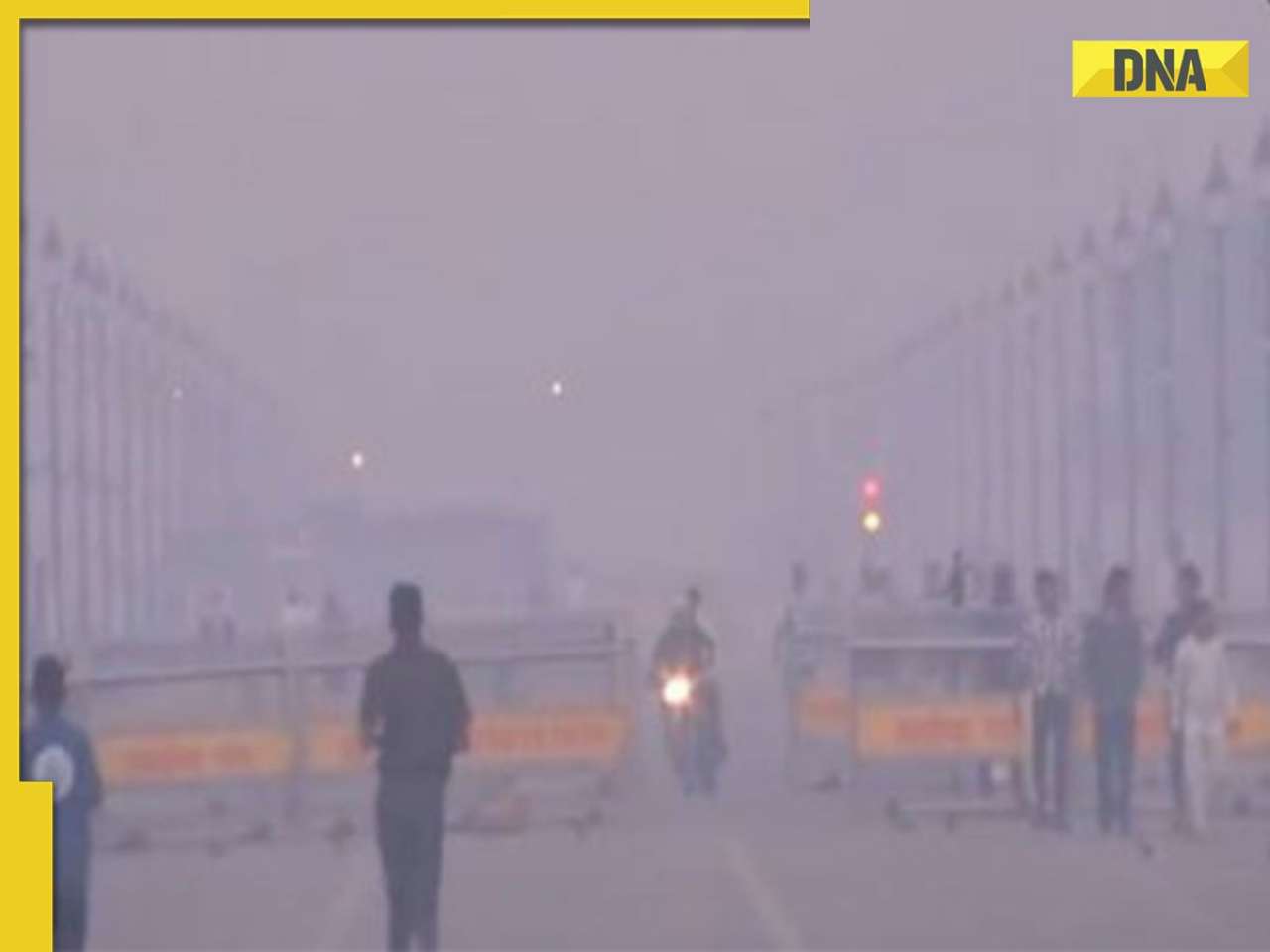- LATEST
- WEBSTORY
- TRENDING
ANALYSIS
Bengaluru India Nano 2024 Explores How Nanotech Is Shaping Tomorrow
Nanotechnology aims to create devices by manipulating atoms and molecules on a very small scale.
TRENDING NOW
After a four-year break, the Karnataka government will host the Bengaluru India Nano-2024 event starting on Thursday (August 1). This will be the first in-person event since the 2020 lockdown. The 13th edition will focus on the theme, Nanotechnology for Sustainability, and cover such topics as climate, energy and healthcare. The summit will comprise 25 sessions, featuring 700 delegates and 75 expert speakers who will be discussing the latest advancements in nanotechnology.
At the event’s launch, Minister for Minor Irrigation and Science and Technology, NS Boseraju, will speak on the government’s efforts to make Karnataka a leader in nanotech research with support from the Karnataka State Research Foundation (KSRF) and the Karnataka R&D Innovation Platform (e-KRDIP).
The event is being organized by the Department of Science and Technology and the Jawaharlal Nehru Centre for Advanced Scientific Research (JNCASR). It aims to bring together researchers, scientists, academics, industry leaders and students on the same platform. The department will also offer pre-conference tutorials for participants to gain detailed knowledge and hands-on experience.
The Future is Smaller than You Think
How do we define progress? For a long time, it seems, “better” has been defined by “bigger” in size. Buildings keep getting taller. Television screens? The larger, the better! Even smartphones are almost too big to hold in one’s palm. However, many scientists believe that future technology will be much smaller. How small? Think incredibly tiny, even beyond what you can imagine. And what is this technology? It is nanotechnology!
Nanotechnology is a wide-ranging term that includes technology, science and engineering applied to such varied fields as physics, chemistry and biology. What these fields have in common is that they deal with products and experiments at the nanoscale, usually between one and 100 nanometres.
So, how small is a nanometre? Most people find it difficult to imagine. A nanometre is one-billionth of a metre. To put it in perspective, an inch, which we consider small, contains 25,400,000 nanometres. You must have handled a newspaper at some point of time in your life, so you know how thin it is. A typical newspaper is about 100,000 nanometres thick. Comparing a nanometre to a metre is like comparing a marble to the size of the planet we live on.
Early Inception of Nanotechnology
A speech by physicist Richard Feynman at the California Institute of Technology in 1959 first introduced the concept of nanotechnology. He spoke of a future where scientists would be able to control individual atoms and molecules. Atoms are the basic building blocks of matter or everything, while molecules are groups of atoms bonded together. They make up everything around us—from the air we breathe to the food we eat.
The word ‘nanotechnology’ was first introduced by Professor Norio Taniguchi more than 10 years later. However, modern nanotechnology truly started in 1981 with the invention of the scanning tunnelling microscope—a tool that lets scientists see, and control, individual atoms on a surface—which allowed scientists to observe individual atoms for the first time.
This microscope operates by moving a very small, sharp tip close to the surface and measuring the electric current that flows between them, helping create detailed images of the atomic structure. The invention of the atomic force microscope also sparked interest in the subject of nanotechnology and its applications.
But why would scientists want to control individual atoms and molecules? What advantages could there be in making materials on such a tiny, or nano, scale? Well, nanomaterials often have many useful properties. They are lighter, stronger and more chemically reactive.
A great example is that of the carbon nanotube. Scientists make carbon nanotubes by rolling a layer of graphite molecules into a tube shape. When arranged in a specific way, these molecules create a material that is one-sixth the weight of steel, but hundreds of times stronger. Using this material in vehicles could greatly improve fuel efficiency and passenger safety.
Nanotechnology in Field of Medicine
Scientists working at the nanoscale are especially excited about its potential in medicine. Imagine if nanomedicines could be delivered precisely to specific areas, or if nanorobots could perform surgeries and even target and destroy cancer cells. The possibilities of nanotechnology applications in medicine seem limitless.
There are several nanomedicines currently available on the market. One instance is Doxil—a form of the chemotherapy drug, doxorubicin—which uses liposome nanoparticles to deliver the drug directly to cancer cells, reducing side-effects and improving effectiveness. Another example is Abraxane, a nanoparticle formulation of the chemotherapy drug, paclitaxel, which is used to treat breast, lung and pancreatic cancers. These nanomedicines demonstrate the practical applications of nanotechnology in improving medical treatments.
Nanorobots for surgery, however, are still in an experimental stage and not widely available. However, a notable example is the microbot developed by ETH Zurich. This tiny robot can navigate through the body to deliver drugs, or perform precise tasks, showing promise for future minimally invasive surgeries.
You do not have to wait for the future to see nanotechnology in action. Many products and technologies are already using nanoscale advancements today. For instance, some modern sunscreen lotions have nanoparticles of zinc oxide or titanium oxide. These tiny particles let you apply a clear layer of sunscreen instead of a thick, white one. Nanotechnology is also used in new fabrics, cosmetics and even televisions.
Disclaimer: The views expressed in this article are of the author only.
(The author of this article is a Defence, Aerospace & Political Analyst based in Bengaluru. He is also Director of ADD Engineering Components, India, Pvt. Ltd, a subsidiary of ADD Engineering GmbH, Germany. You can reach him at: girishlinganna@gmail.com)







)
)
)
)
)
)
)
)
)
)
)
)
)
)
)
)





























































